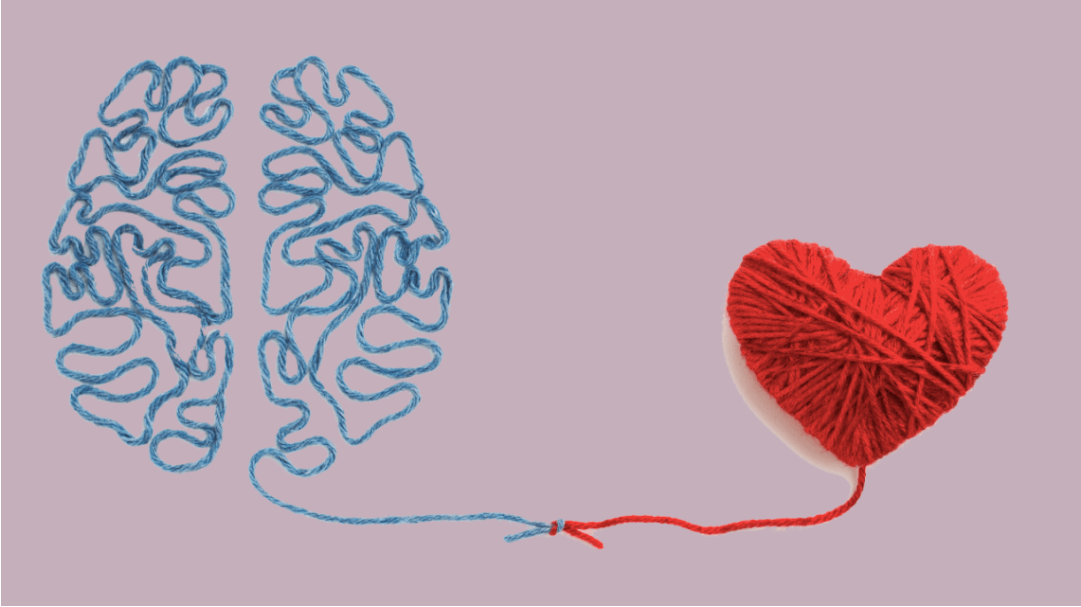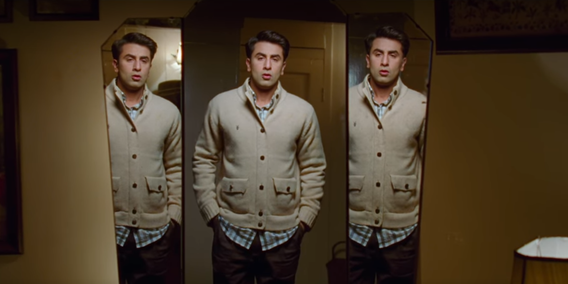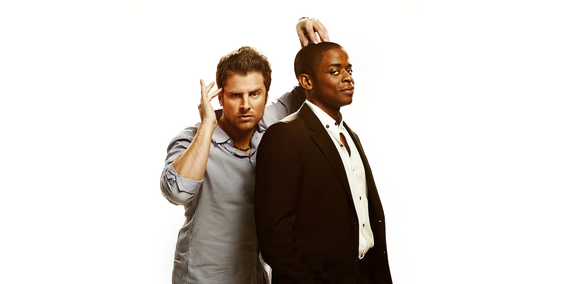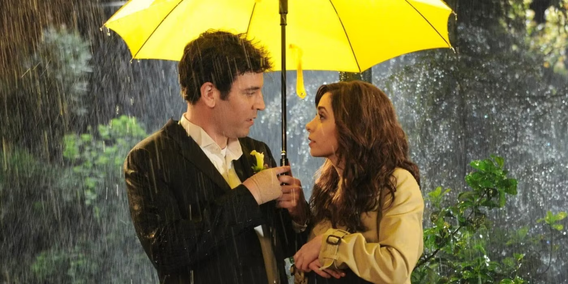The Rational Vs. Emotional Mind
The mind and the heart have been at war since the beginning of time. Their conflict is at the crux of human decision making. Each constantly struggles to overcome the other. When we think about the idea of our emotions getting to us, we are most likely to think of an emotional breakdown, maybe an episode of crying publicly or a bout of uncontrollable anger. We can never accurately judge how strong a hold emotions have over our actions. The following excerpt from Daniel Goleman’s book Emotional Intelligence (1995) proves to us how dire situations can become when emotions get to us, especially the feeling of fear:
It was a tragedy of errors. Fourteen year old Matilda Crabtree was just playing a practical joke on her father: she jumped out of a closet and yelled ‘Boo!’ as her parents came home at one in the morning after visiting friends. Bobby Crabtree and his wife thought Matilda was staying with her friends that night. Hearing noises as he entered the house, Crabtree reached for his .357 calibre pistol and went into Matilda’s bedroom to investigate. When his daughter jumped from the closet, Crabtree shot her in the neck. Matilda Crabtree died twelve hours later. (p.5)
Fear primed Crabtree to shoot even before he recognized who his target was. Evolutionary biologists argue that such automatic responses made the difference between survival and death for the pre-historic man. However, in today’s civilized world it has become rather difficult for these emotional instincts to keep up with the fast paced lives that we lead. Laws and regulations have been created to subdue these emotional surges, but they continue to pilot our behaviour even today.
Another example that proves the opposite would be a situation that we often experience while dealing with authority. Imagine that your boss just insulted you and you feel your blood pressure rise. For a minute, as your body floods with resentment, your chances of staying calm are slim. You take a deep breath. Turning away expressionless, you muster all the spiritual benevolence you can, and you don’t counter-attack. You say something impressively patient and dignified (Sherman, 2010). Here we see that in certain circumstances we are able to control our emotional impulse, process the situation and make a decision that is suitable to the situation and not just our emotions.
In certain situations, we can overtly see a conflict in choice. For example, a friend of yours has just gone through a terrible break up. A few months later, while talking to you about it they say, “You know what, it’s a good thing we broke up, I don’t miss her at all, I really don’t care about her anymore” while they say this, their eyes well up with tears. Knowing that they must move on is a rational choice; but the welling up of their eyes, contrary to their words, is driven by his emotions.
Several psychologists have tried to understand and elucidate these conflicting tendencies. Renowned psychologist Daniel Goleman terms these forces as the rational and emotional mind. The former is the mode of comprehension we are typically conscious of: more prominent in awareness, thoughtful, able to ponder and reflect. But the latter is a system of knowing that is impulsive and powerful, sometimes illogical (Goleman, 1995).
The centres for the emotional mind emerge from a primitive structure of the brain known as the limbic system. The hippocampus stores dry facts about a certain episode whereas the amygdala stores the emotions we feel during that episode. The rational centres, on the other hand, reside in an area of the brain known as the neocortex, developed later in the course of evolution. The neocortex is responsible for higher cognitive processes such as planning, reasoning, will power, etc (Goleman, 1995).
When Emotions Take Over
So what happens when the rational and emotional mind grapple for dominance? In such scenarios, the amygdala uses certain emotionally charged memories of the past as a guide for scanning what we encounter in the present. Anything that faintly resembles a threatening or appealing emotionally charged memory from the past, immediately activates the amygdala. The amygdala then triggers a response to the memory (which is similar to the past situation) and not the current situation.
This response can aid survival in life and death situations. The trouble is that along with the emotionally charged memories that have the power to trigger a crisis response come equally outdated ways of responding to it (Goleman, 1995).
When Rationality Overrides Emotion
The emotional mind tends to take over in situations that require an immediate response, however in certain situations we are able to take a step back to re-assess the situation and change our response. The brain’s damper switch for the amygdala’s surges appears to lie at the other end of a major circuit to the neocortex, in the prefrontal lobes. The prefrontal cortex seems to be at work when someone is fearful or enraged. This neo-cortical area of the brain brings a more analytical or appropriate response to our emotional impulses.
There are several implications to making extremely emotional or extremely rational choices, depending on the situations that we are faced with. In certain cases a quick emotional response may save our lives but if we apply the same speed and emotionality to all our decisions, we may be setting ourselves up for disaster. The emotional mind although quicker, is imprecise and is more suited to situations requiring spontaneous reactions. The rational mind is more precise but slower. We make thousands of decisions every day, from the most trivial to the most important decisions. Through these higher processes, our rational and emotional impulses may work together or in completely opposite directions to help us make these decisions.
Gentle Support for Your Emotional Mind
Understanding the dance between your rational and emotional mind is the first step. The next is learning how to return to yourself when things feel overwhelming.
If you’d like a quiet, beautiful way to ground yourself each morning, explore our therapist-designed Sunny Side Up Affirmation Cards—a soft ritual to help you hold steady when emotions begin to take over.








